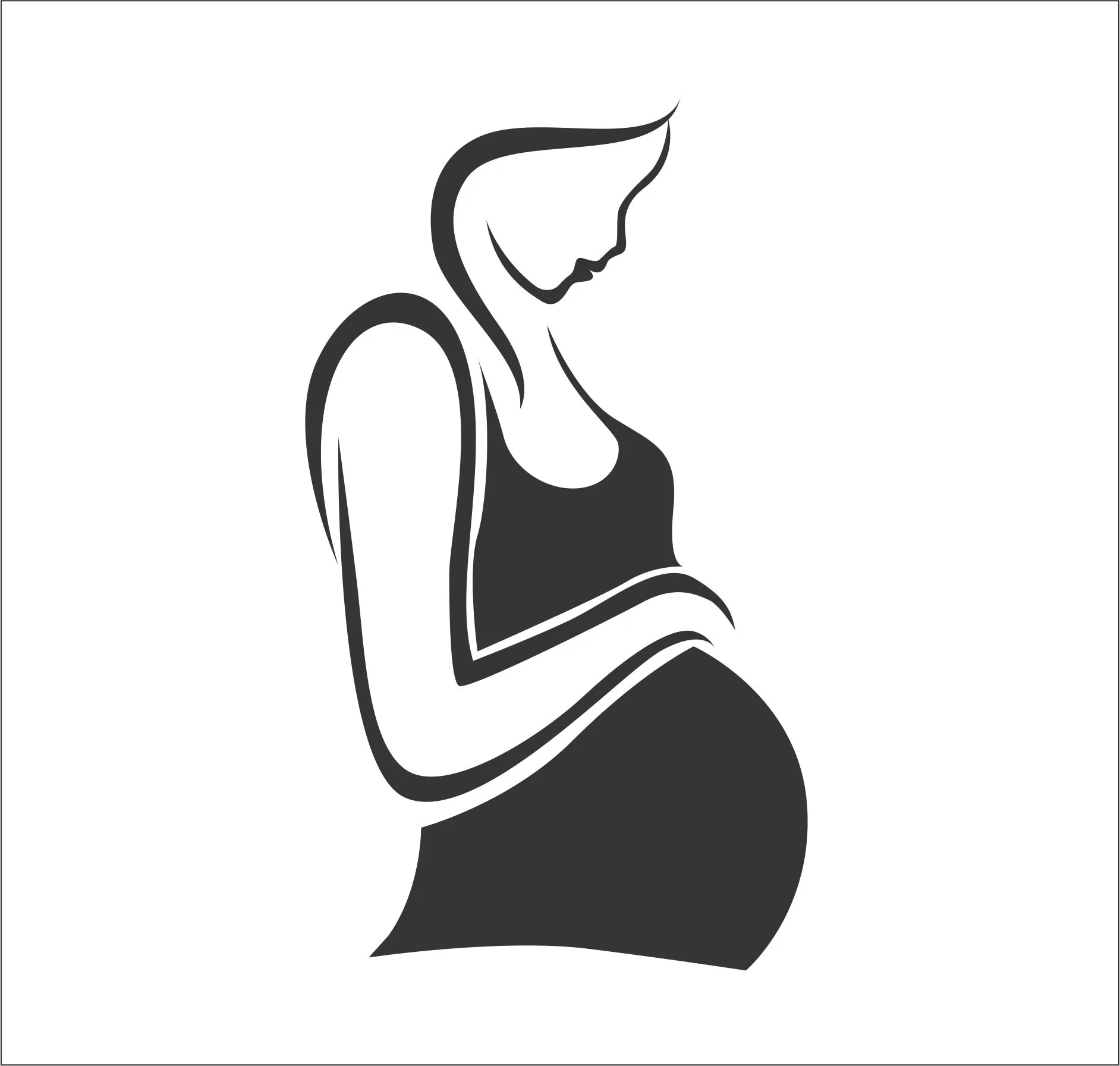As I sit in car number 12 out of 18, two security personnel clad in black and gold jackets direct traffic with an air of authority. Their stern faces remind me of the bouncers I encountered in my youth. I switch off the radio, my heart racing slightly as I approach the front of the line.
When it’s finally my turn, I park, leap out, and rush to the back seat where my daughter awaits. She unbuckles, grabs her backpack, and I hand her the large case holding her cello. With a gentle kiss on her forehead, I wish her a wonderful day at school. For a brief moment, I watch her, small beside the instrument, as she heads off toward orchestra practice.
Just as she disappears into a maze of security measures, I’m reminded of how different things are now compared to my own childhood. The safety protocols at her elementary school in the suburbs of New York City starkly contrast with my carefree upbringing 35 years ago.
This leads me to ponder a pressing question: How do I strike a balance between safeguarding my child and granting her the freedom to explore?
First and foremost, I know I can’t reveal the school’s name—such is the reality of our times. The haunting memories of tragedies like Newtown linger in my mind, amplifying my desire for security.
Yet as I drive home, I can’t help but consider the implications of this security. What role do I play in this complex web? Every parent experiences the sentiment, “Things were different when I was growing up…” And indeed, they were. The pervasive supervision children face today is something I never had to contend with.
At nine years old, my daughter doesn’t ride her bike down the street alone, a stark contrast to my own experiences of exploring my neighborhood in Maine without adult oversight. I remember coming home from school, finishing homework, and then heading out on my own. I might have gotten stuck in a mud pit or attempted to jump onto a moving train, but as long as I was home by dinner, my adventures went unmonitored.
So, is my daughter truly safer now? What happens when she’s older and I can no longer oversee her every move? In college, I witnessed classmates struggle with newfound freedom, their inability to adapt often linked to overly protective parenting. Many of these peers found themselves floundering academically and socially, a stark reminder of the importance of fostering independence.
Research on overprotective parenting reveals common themes: children who are risk-averse, struggle with decision-making, and often find it challenging to thrive in adulthood. Just like the zoo animals in Madagascar, who faltered when thrust into the wild, these children may face difficulties when left to navigate life on their own.
Despite these concerns, I still grapple with my original question: How do I keep my child safe while granting her the freedom she needs to grow? It’s a balancing act that evolves over time. With joint custody complicating matters, the fear of accidents or missteps weighs heavily on my mind. What would that say about my parenting?
Curious about her thoughts on the security at school, I asked my daughter. She shrugged indifferently. “They don’t really do anything,” she remarked, “They’re just kind of there.” When I inquired about their purpose, she simply replied, “For people on the outside, not the students.” This is her everyday reality, one that feels normal to her, but to me, it feels restrictive.
Children must have the chance to explore, make mistakes, and learn from them. I know that I will have to loosen my grip eventually. Finding the right approach to this parenting journey is essential. For additional insights on fostering independence in children, check out this related post on Cervical Insemination.
Ultimately, the journey of parenting is about finding that delicate balance between safety and freedom, and it’s something I will continue to navigate as my daughter grows.
Summary
In this reflective piece, the author explores the challenge of maintaining a balance between ensuring their child’s safety and allowing her the freedom to grow and learn independently. Through personal anecdotes and observations, the narrative highlights the complexities of modern parenting, especially in light of heightened security measures in schools. The author ultimately recognizes that fostering independence is crucial for their child’s development, and this journey requires continual adjustment and understanding.

Leave a Reply